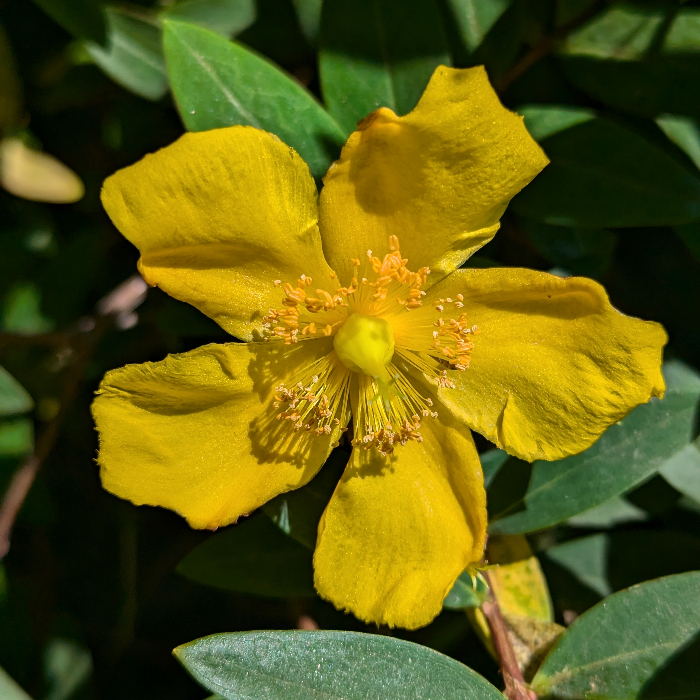UNITED STATES—Aridity is a measure of humidity. Humidity is a measure of aridity. Although opposite, they are similar. Humidity is the quantity of water vapor that is suspended within the air. Aridity is a deficiency of humidity. They are components of weather that are more likely felt than seen. Although, aridity clarifies the air, which typically causes the sky to seem more blue.
Of all components of weather, only atmospheric pressure is less tangible than aridity. It is measurable with instrumentation, but perceptible to very few. Except for its clarification of the sky, aridity is just as invisible. It is more perceptible, though. Just as humidity inhibits dissipation of heat, aridity promotes it. Therefore, arid heat feels cooler than humid heat.
That is why the West Coast is famous for its delightfully arid weather with sunsets. Even when the weather here is warmer than elsewhere, it may be more comfortable. Although undesirable, smog and smoke from forest fires provide color for clear sunsets. Temperate arid weather is more conducive to gardening. However, some vegetation might disagree.
People and vegetation often disagree.
Fragrant flowers cannot disperse their fragrance quite as effectively during arid weather. Nor can aromatic foliage disperse its aroma quite as effectively. A few varieties of colorful foliage and flowers may fade a bit faster with minimal humidity. After all, most vegetation within home gardens is originally from more humid climates. It naturally enjoys humidity.
More importantly, most vegetation needs more water through arid weather. It loses much more moisture from its foliar surfaces at such times. Any breeze, which people might like, exacerbates loss of moisture. Obviously, warmth does also. Automatic irrigation requires appropriate adjustment as weather changes. Manual irrigation may become demanding.
Irrigation is less demanding for species that actually prefer local Mediterranean climates. Many of such species are native. Most are native to other regions with similar climates. A few are native to climates that are more arid, but tolerate a bit of extra moisture. Weather and climate do not adapt to a garden. It is best to cooperate with climate than not.
Highlight: Saint John’s Wort
Saint John’s wort is the common name of a few species of Hypericum. Hypericum beanii sometimes gets the distinction of Bean’s Saint John’s wort. That sounds more like carob, Ceratonia siliqua, though. Carob is the locust bean that sustained Saint John the Baptist in the desert. Mr. Bean was actually a respected botanist of the Royal Botanical Garden.
This Saint John’s wort is not as invasive as naturalized sorts, but is as resilient. Although rarely available from nurseries, it survives in old and neglected landscapes. Established specimens need no irrigation, but perform better with it. This species is likely rare merely because of its resemblance to invasive sorts. It propagates quite efficiently from cuttings.
Hypericum beanii is a shrubby species, unlike more familiar ground cover types. It grows about two or three feet tall and wide. Its bright yellow flowers are about two inches wide, and bloom through summer. Foliage is deciduous where winter is cooler. Here, it is likely to linger until spring foliage replaces it. Partial shade is tolerable, but might inhibit bloom.
Tony Tomeo can be contacted at tonytomeo.com.






